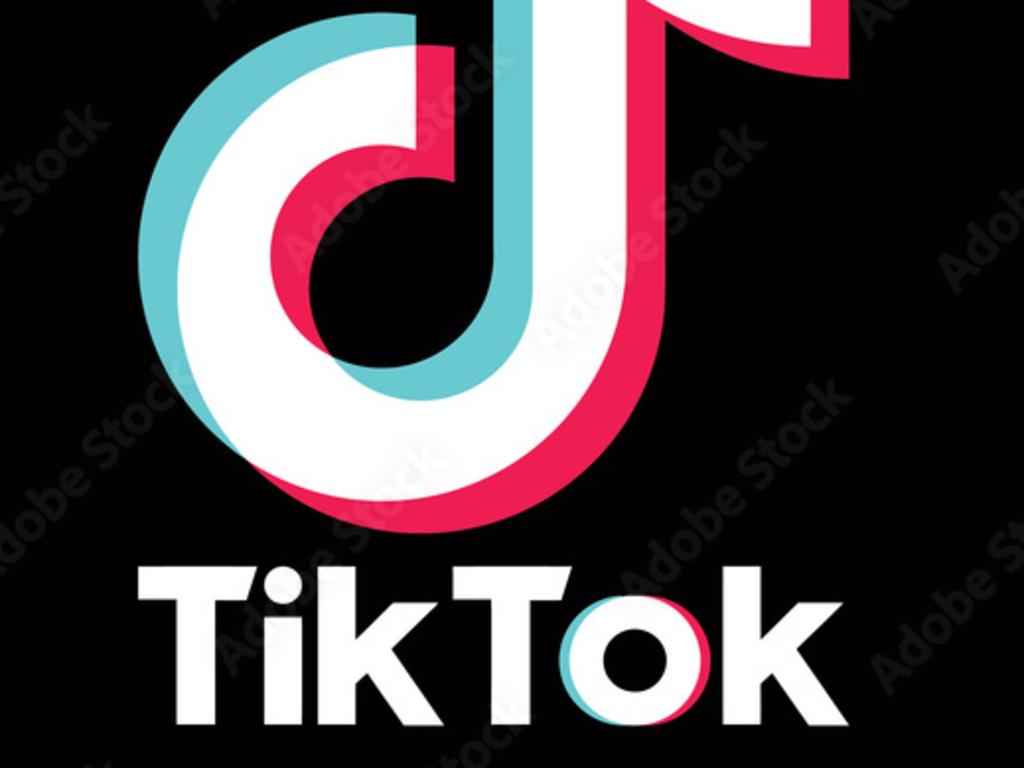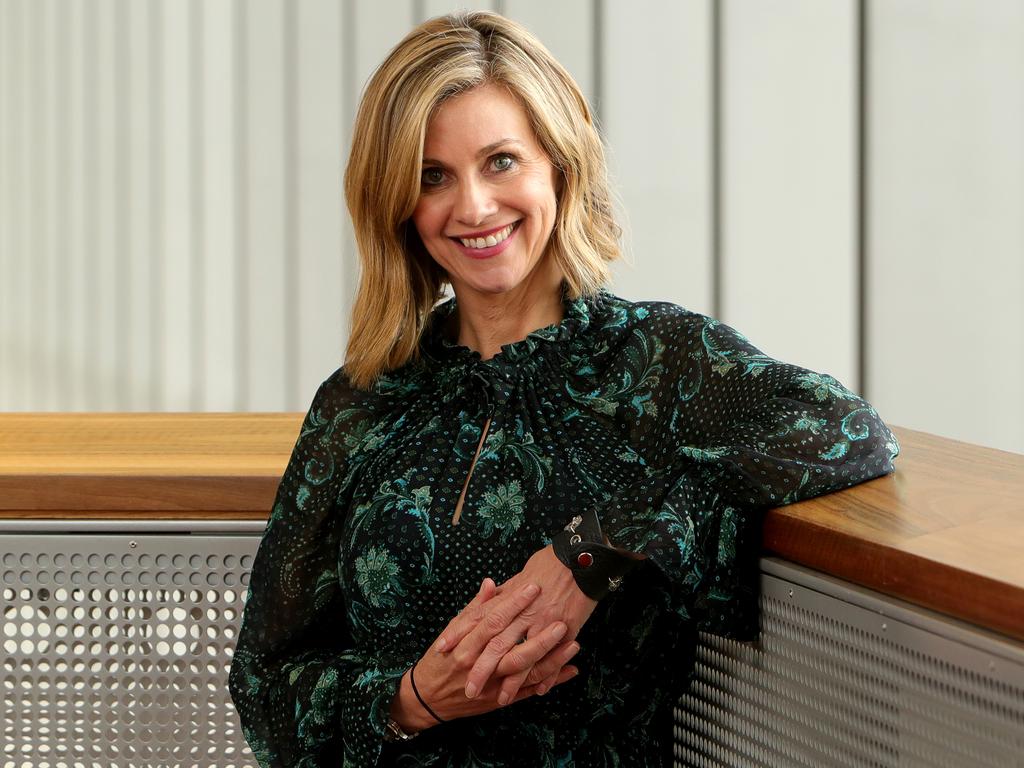TikTok suggests pro-anorexia content to Aussie kids every 39 seconds, investigation finds
Aussie teenagers are exposed to toxic content every 39 seconds on TikTok, new research has found. See what they’re being bombarded with.
TikTok is bombarding vulnerable teens with toxic pro-anorexia content every 39 seconds, an investigation has found.
Researchers from the Center for Countering Digital Hate (CCDH) studied the TikTok algorithm by setting up accounts posing as 13-year-olds in Australia and the US, UK and Canada.
It found that a new TikTok account set up by a 13-year-old user that views and likes content about body image and mental health will be recommended that content as often as every 39 seconds.
Videos referencing suicide was suggested in the recommended ‘For You’ section on one test account within 2.6 minutes and eating disorder content appeared in another account within eight minutes.

They set up two test accounts in each country, one had the term ‘lose weight’ in their username – a trend seen in some social media users with body dysmorphia.
Those accounts were served three times more harmful content and 12 times more self-harm and suicide videos than standard test accounts.
The report Deadly by Design found that TikTok was host to an eating disorder community using coded and open hashtags with more than 13.2bn views of their videos.
CCDH CEO Imran Ahmed said its research proves that TikTok’s algorithms are not just entertaining children but poisoning their minds too.
“It promotes to children hatred of their own bodies and extreme suggestions of self-harm and disordered, potentially deadly, attitudes to food,” Mr Ahmed said.
“Parents will be shocked to learn the truth and will be furious that lawmakers are failing to protect young people from Big Tech billionaires, their unaccountable social media apps and increasingly aggressive algorithms.”

A report earlier this year by Australian researcher Dr Rys Farthing revealed how children as young as nine or 10 were following three or more of the 90,000 “pro-eating disorder” accounts.
A YouGov poll of 16 and 17-year-old Australians found the majority of teens see extreme weight loss and unhealthy diet content in their feed multiple times a week, with around a quarter saying they see it several times a day.
Australia’s eSafety Commissioner Julie Inman Grant said tough questions must be asked of all platforms “to better understand what they’re doing to prevent children and young people from being drawn into a vortex of harmful content”.
“eSafety research shows that almost two-thirds of young Australians aged 14 to 17 have been exposed to potentially negative user-generated content online, but only four in 10 parents were aware,” Ms Inman Grant said.

Recently the eSafety Commission published a paper calling on companies to take a more proactive approach to recommender systems and algorithms.
A TikTok spokeswoman said this activity and resulting experience does not reflect genuine behaviour or viewing experiences of real people.
She said the platform remained focused on fostering a safe and comfortable space for everyone, including “people who choose to share their recovery journeys or educate others on these important topics”.
If you have an eating disorder go toButterfly Foundation at butterfly.org.au or if you need to report an account contact the eSafety Commissioner at esafety.gov.au.





